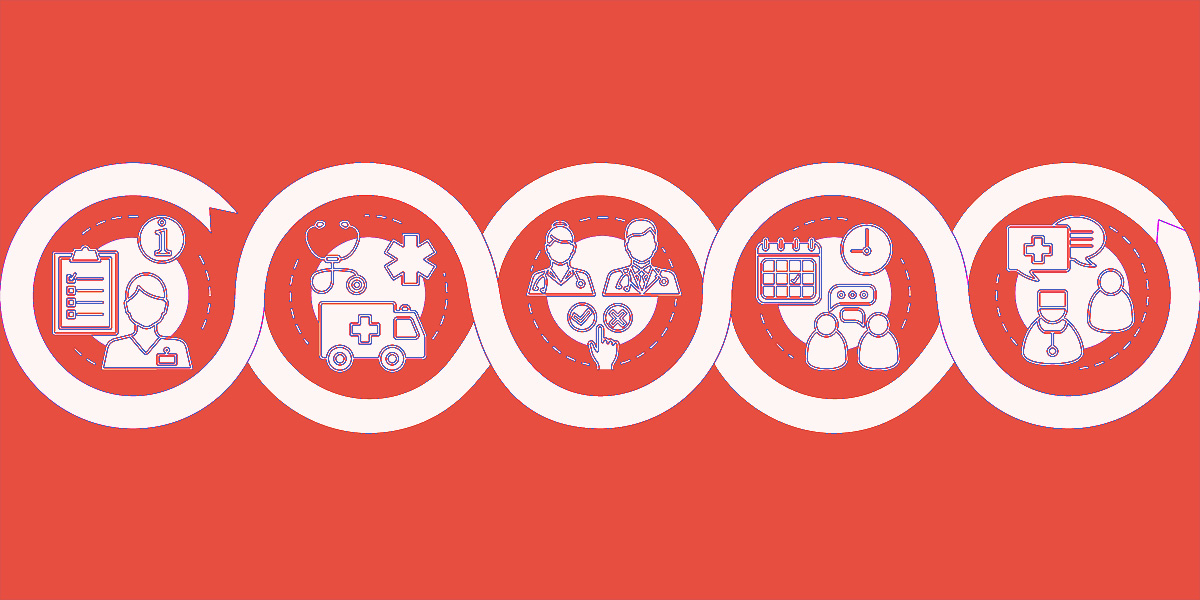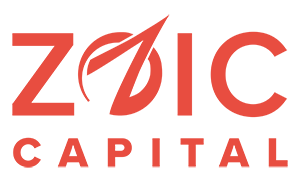| DEALFLOWUPDATE Issue #29. Friday, April 05 |
Hello Everyone, From the operating room, the clinic, to your home- the patient treatment story is more important than ever. While the economics for each of these environments may be different, our metrics target the specific technology and business model requirements that can benefit and be applied throughout the patient care timeline. For this edition of the Zoic newsletter, we’ll be looking at the range of patient care settings that are possible. -Neal If this is your first issue, please subscribe and consider sharing with others. Additionally, we welcome news from our readers, if you’re up to something interesting, let us know. Email chad@zoiccapital.com |
 Dealflow – From the operating room, the clinic, to your home: the importance of the patient treatment path We will start in the operating room, and specifically cancer technology. There is a constant stream of companies in this space, of course, with advances in device and pharmaceutical platforms. One recent platform is notable as it uses an electrical current to remove pancreatic cancer tumors. The mechanism is interesting as it opens holes in the cell walls, and can possibly be applied to other tissues. Our next technology can be used in the operating room, but can also be used in the clinic. One use of medical imaging is planning for surgery. In particular, finding which tissues are well perfused (good blood flow) and important to predict where to operate and the viability of the donor and recipient site. A company that is now fundraising is developing a system where this blood flow can be shown without injections or patient contact. This is a similar objective to a company we covered some time ago, Novadaq, which had a substantial acquisition. However, Novadaq technology still requires the injection of a dye, which makes this new platform an advancement. Moving now firmly into the clinic is another technology that also features one of our constant themes; directed energy for brain stimulation. A neurotechnology company has recently completed a funding round for its technology using noninvasive stimulation of the brain. This time, the stimulation is used to control appetite and suppress cravings. The ability to use directed energy to replicate pharmaceutical-like effects is another trend that we see quite a bit of activity in. Within the home sector, we have seen the most movement, particularly with direct consumer use diagnostics. One of the most commonly used diagnostic at home are devices for diabetes management. A highly competitive area for start-ups (and for larger companies) is a noninvasive or minimally invasive monitoring system for blood glucose levels. Although there are several products already released or in development, there are still new players in the field of diabetes diagnostics due to the size and growth of the market. Like previously stated, the home sector continues to see rapid movement in a growing market. A great example is a very interesting CE mark (European market approval) for the Apple watch. Specifically, this approval was for the watch to be used to monitor heart rhythms and look for irregularities. This is a very strong trend in the market, as wearable technologies and companies seek to move their devices to more significant health diagnosis, and the appropriate regulatory approvals. Of course, the data from these systems is the true goal of the interested parties – not just the manufacturers but both the health providers and insurers. Spotlight #ZoicNews  TiE Seattle & UW Institute of Protein Design Innovation event highlighting how synthetic proteins can address modern challenges in medicine, energy, and technology May 2, 2019 5:00 PM – 7:30 PM Location:Genome Sciences: William H. Foege Hall Auditorium Rm. S060 3720 15th Avenue NE, Seattle, WA 98105 Overview Are you interested in learning about the biggest advances in life sciences? Are you interested in learning how software is being used to design brand new biomolecules? How about getting inspiration for that refreshingly new idea for the next startup? TiE Seattle, in association with University of Washington’s Institute of Protein Design, invites you to an innovation event highlighting how synthetic proteins, designed from scratch on a computer, can address modern challenges in medicine, energy, and technology. Natural proteins evolved over millions of years to solve the most complex challenges on Earth. However, we face new and pressing challenges today. Protein design requires high-level expertise in computing and software, biochemistry, genome sciences, biological structure, pharmacology, immunology, and other basic science disciplines, as well as clinical medicine. Please join us as we highlight the world-leading innovation coming out of the University of Washington’s, Institute of Protein Design.  Professor David Baker, Director of the Institute of Protein Design, will be speaking along with other researchers. Those interested in learning more will have the opportunity to sign up for a tour of the Institute. Please visit the event homepage for additional information. Podcast  A new episode of the Market Meditations Podcast with Chris Haydel and Neal Mody. “A Finance Market Tale Told Through Four Tragedies”. Listen in on iTunes, Google Play Music, or Soundcloud. What We’re Reading GEEK WIRE Here’s why Seattle is the country’s top emerging life sciences market VOX Mindfulness meditation in America has a capitalism problem CHEDDAR Andreessen Horowitz’s decision to renounce its venture capital status FORBES Only a true partnership between medicine and technology can unlock a new era of healthcare Connect With Zoic Capital |
| The Biweekly Dealflow Update, curated by the team at Zoic Capital. |

Blog
The Operating Room, the Clinic, to Your Home; the Importance of the Patient Treatment Path
© 2025 Zoic Capital.
Close Menu
Contact Us
113 Cherry St.
PMB 2981
Seattle, WA 98104-2205
E: hello [at] zoiccapital.com

